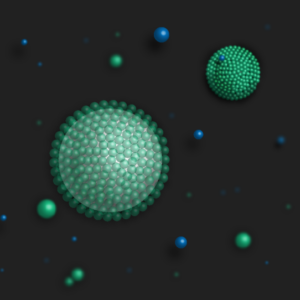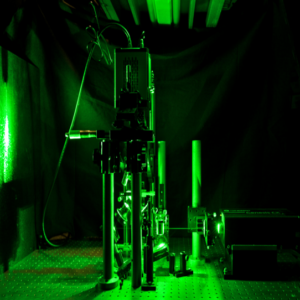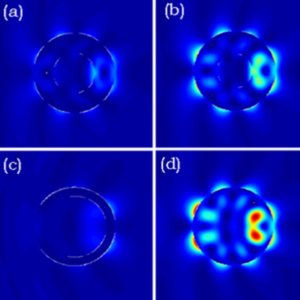The generation, propagation, and detection of optical waves form the foundation of countless modern technologies. These principles are indispensable in areas as diverse as material science, biology, remote sensing, and advanced communication systems. Our group is dedicated to advancing the understanding and application of light by exploring new principles of optical sensing, developing methods to manipulate electromagnetic fields, and studying phenomena that emerge when light interacts with complex media. Through both fundamental research and applied studies, we aim to push the boundaries of what optical science and engineering can achieve.
For inquiries about our research or collaboration opportunities, please contact Prof. Aristide Dogariu.
@ University of Central Florida | 4000 Central Florida Blvd, Orlando, FL 32816 | (407) 823-2000









